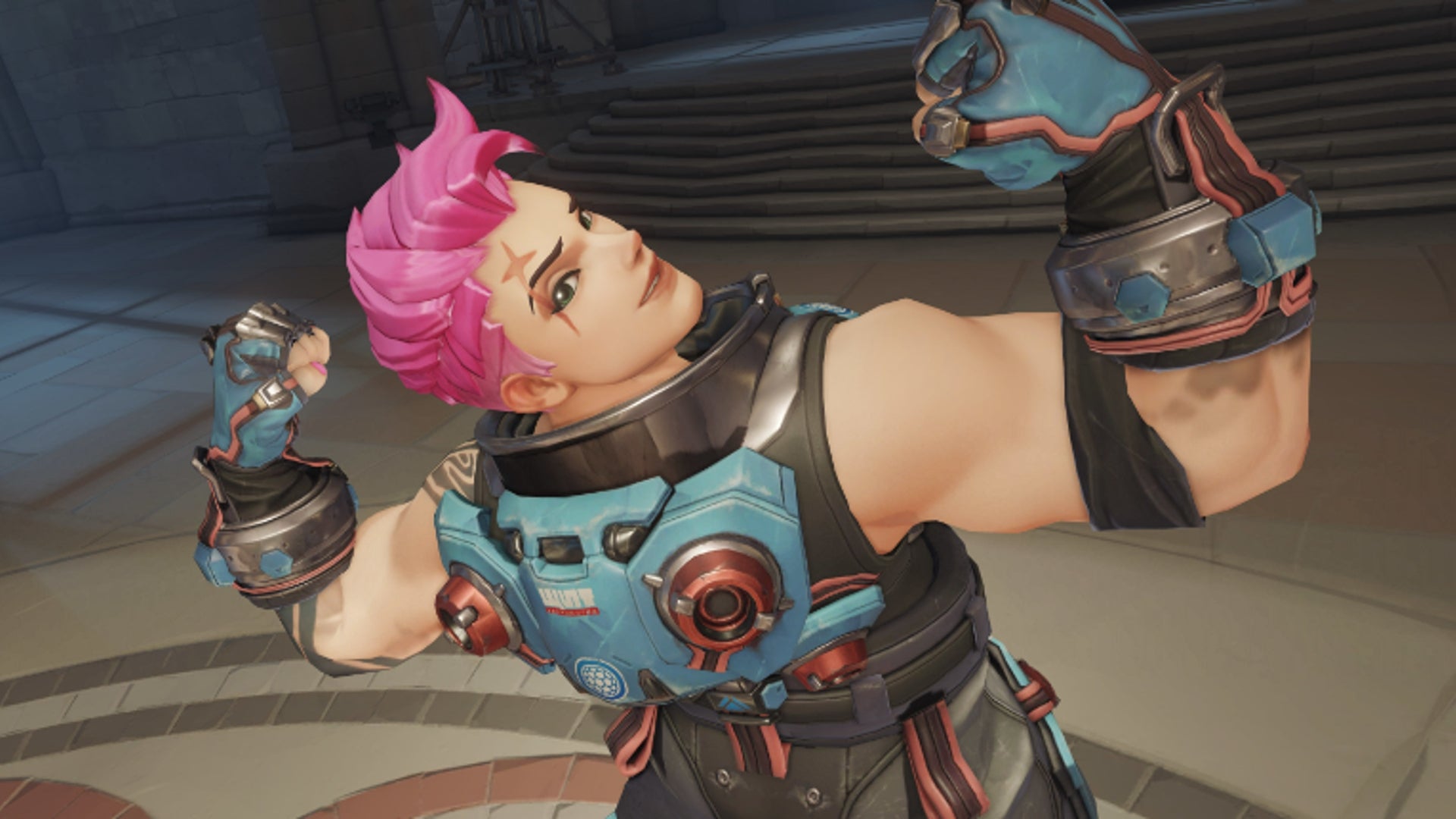Overwatch 2’s “Overwhelmingly Negative” Steam launch brings years of frustration to the boil | Rock Paper Shotgun
Overwatch 2 has launched on Steam and well, Activision Blizzard are probably regretting that right now. At the time of writing, the game has attracted 22,619 reviews, many written by people who’ve already been playing for a while on Battle.net, of which just 15% give the game a thumbs-up, making for an “Overwhelmingly Negative” rating. Tucked in amongst the usual troll reviews, cheeky links to Team Fortress 2 and dubious ASCII jokes there are some rather extensive essays on the game’s direction and faults.
Many players still have axes to grind about Overwatch 2’s switch to a free-to-play battle pass model – check out our launch-day Overwatch 2 review for the nitty gritty – which introduced levelling for new characters and cosmetics to a game that once handed you its entire roster almost without caveats, and encouraged you to experiment freely. Others are angry about Overwatch 2’s story-driven PVE modes, the supposed focus of the sequel – announced as a full-blown Hero Missions mode with skill trees and levelling, then dramatically stripped back to a series of separately sold seasonal co-op missions, much as with Halloween events in the first Overwatch. There are complaints about Blizzard’s recent handling of the Overwatch League, and more subjective quibbles about the switch to a 5v5 team format and the precise ratio of DPS to Support heroes. A few reviews touch on Activision-Blizzard’s alleged culture of sexual harassment and claims of unfair labour practices, which make Overwatch’s emphasis on team spirit ring rather hollow.
It’s all very sad reading for somebody who adored the original game back in 2016. The first, now-unplayable Overwatch is one of the few mega-corpo game-as-service enterprises I’ve ever been genuinely obsessed with, playing it every day at lunch and after dinner, to the point that I had to ritualistically swear the game off because I wasn’t finding time for anything else. I appreciated its often extremely wayward and compromised but, I think, heartfelt attempts at diverse representation in a genre legendary for macho theatrics, but was far more captivated by the incredible team chemistry it managed between Heroes with seemingly irreconcilable ability sets, packed into brisk 15-minute matches with beautifully stage-managed intro and outros.
Like many a green Overwatcher, I started out as a Reinhart player, using the windows of calm afforded by his massive energy shield to watch other players strut their stuff. After a brief, ill-advised fling with Hanzo, patron saint of half-arsed lone wolves, I discovered Mercy and her knack of gliding magnetically between allies, which incentivises teams to maintain an even formation so that the angelic healer always has somewhere to retreat to. And from there, it was all Zarya and her “mine now!” approach to tanking – popping those bubble shields to soak up enemy Ultimates, then deep-frying suddenly-terrified DPS players in their own alchemically recycled attack power. Man, I loved those bubble shields. So much so that I was almost prepared to forgive Overwatch 2’s, as far as I can see, entirely business-minded shift to a free-to-play model, with a level-up ladder thrown in to vex those who don’t have the pocket money to spend on battle passes.
Unlike many players, I’ve never been that bothered about Overwatch’s difficult and protracted flirtation with PvE elements. What I’ve always wanted the game to do is double down on its status as an undeclared social platform where players role-play and goof around, sometimes at the expense of the competitive element. Many of my happiest Overwatch memories consist of doing silly things in the saferoom, before the match begins – slapping sprays over the window to block out the other side’s voyeuristic Genji, trying to cajole everybody into sitting down on the same piece of furniture, playing basketball. Often, that spirit of play would spill out into the subsequent firefight, leading to Armistice Day-style moments when opposing heroes would spontaneously lower their guns and try to form a Conga line. I wish Blizzard had found substantial ways to expand on that side of the game, rather than dangling the carrot of PvE.
It should be reiterated that at its core, Overwatch 2 is still a dang fine team shooter built around hero classes of wonderful variety and flexibility. Much of the old magic persists: infinite wall-running around the capture point as Lucio, weaving through the rooftops as Pharah with a bomb-hopping Junkrat in pursuit, getting all up in Soldier 76’s grill as Brigitte, being an absolute brat as D.Va. You can see why the game has so many imitators: save for Team Fortress 2 and Halo at its most colourful, I’m not sure any other team-based FPS has ever managed quite this balance of aggression and playfulness. I also sympathise intensely with the individual Activision Blizzard developers currently getting it in the neck from angry players – working on this game must feel deeply thankless right now. But I think Overwatch 2 has, by and large, been an exercise in self-sabotage, and it’s hard to see the current roadmap as anything but an exercise in sweeping up the pieces. All I really want, at this stage, is a return to 2016.
This content was originally published here.



Comments are closed, but trackbacks and pingbacks are open.